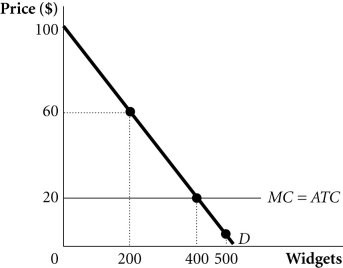Suppose there is diminishing, but not negative, marginal utility and no inflation. If the price of labor goes up, a worker will supply more labor. (Hint: The worker measures his marginal costs in terms of hours worked.)
Answer the following statement true (T) or false (F)
True
If the price of labor rises, the marginal utility of goods one can get for the wage increases. Since the marginal utility per hour worked has increased but the marginal utility per hour of the alternative to work (in this case, leisure) has stayed the same, the worker will increase the amount of time allocated for work as it gives him greater marginal utility per hour.
You might also like to view...
National output is a function of ________
A) capital and saving B) technology, employment and demand C) labor and depreciation D) labor, technology and capital
Distinguish between scarcity and shortages
What will be an ideal response?
Agriculture in India is protected because
A) it is not an important source of employment. B) it is an infant industry. C) it is important for national security. D) it is relatively inefficient.
Refer to the information provided in Figure 13.11 below to answer the question(s) that follow. Figure 13.11Refer to Figure 13.11. Suppose a monopolist faces the demand and costs in the figure and is able to perfectly price discriminate. How much surplus is realized by consumers?
Figure 13.11Refer to Figure 13.11. Suppose a monopolist faces the demand and costs in the figure and is able to perfectly price discriminate. How much surplus is realized by consumers?
A. $0 B. $16,000 C. $32,000 D. Indeterminate from the given information.